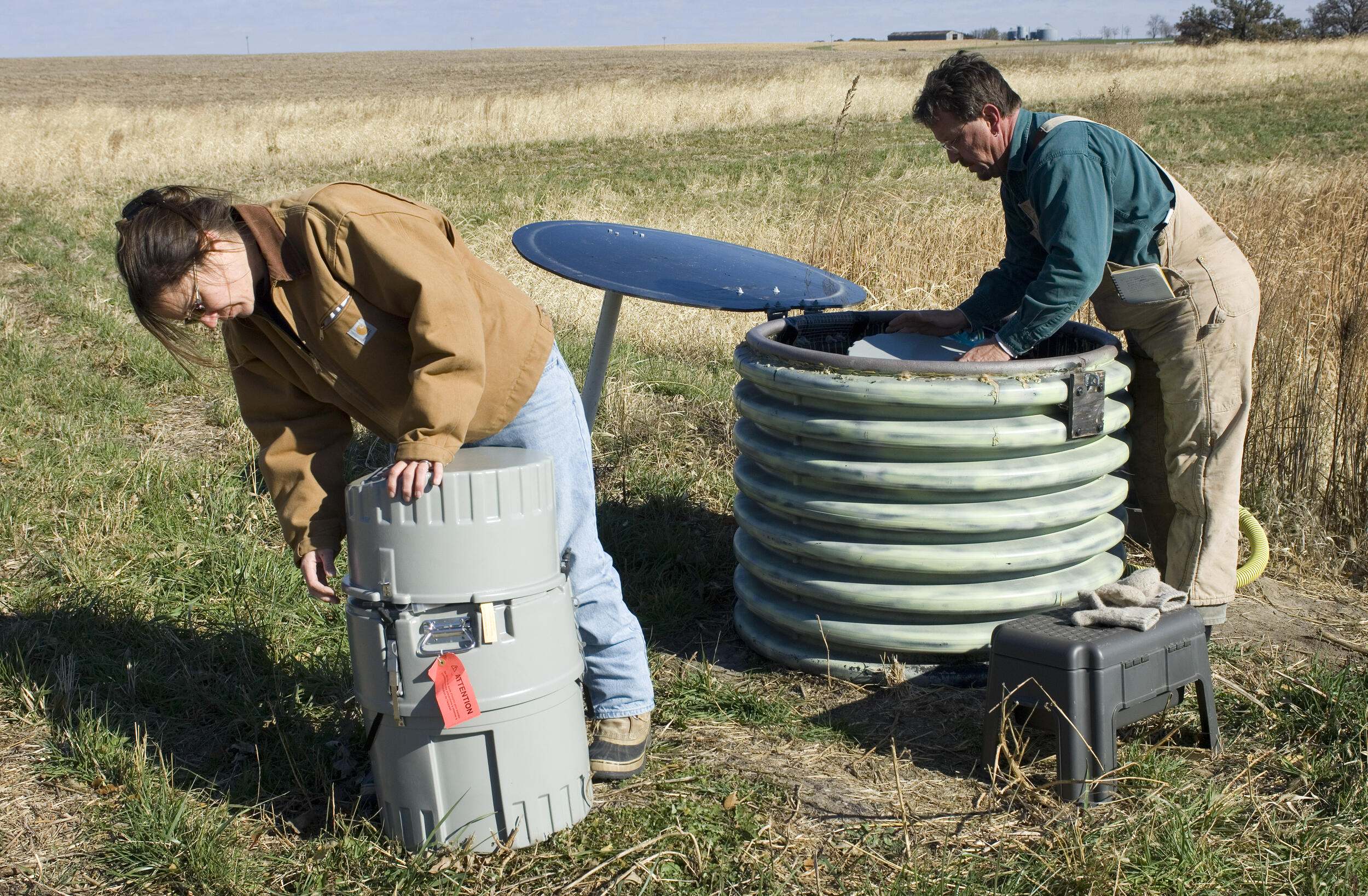How to determine if a greenprint is right for you?
Curious about greenprints? Practitioners should ask certain questions when considering whether to develop a greenprint. This content aims to help determine what is needed for a successful greenprint and if developing a greenprint is right for you.
Key questions to get started









Learn more about the five categories of key questions by scrolling through the information below.



